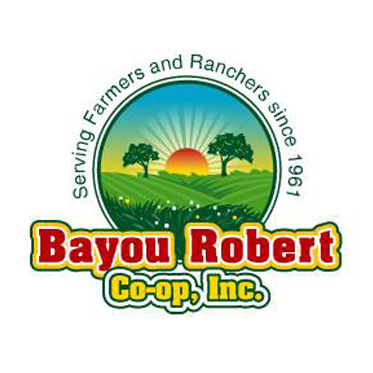
The Phenomena of Antler Development
Antlers on deer are a very interesting phenomenon. It’s our job, and our passion, to continuously be thinking through this process in order to provide you with insight on what it takes to help a buck produce a record set of antlers.
The antler cycle is a regulated yearly cycle where the male deer grows antlers and sheds antlers. This is about a 10-month process beginning in March or April, starting with pedicle development, and ending in January or February when antlers are shed. Months of the year can be slightly different depending if you live in the South or the North.
In white-tailed deer, this process is driven by the “photo period.” When days start to lengthen, the pineal gland in the brain notices the change and signals the pituitary gland to produce more of the hormone testosterone. The more mature bucks will also start to “muscle up”. Testosterone levels are highest at the peak of the rut and decrease rapidly into January, which is what causes bucks to shed their antlers. Along with this, muscle tone will decrease, and bucks will deposit more fat as an energy store for winter.
Antler growth takes place in the tips of the antlers. As antlers grow, blood is circulated up through the pedicle, through the antler, and to the tips. The growing antler is a soft cartilage type tissue that is very delicate. During growth, antlers are covered by the velvet, which is a skin that contains many blood vessels and nerve endings. This network of blood vessels and nerves is necessary to transport the nutrients to the rapidly growing antler.
In general, during April to June, the brow-tine and fork of the antler become apparent, in other words a 6-point buck. In July, antler growth really takes off and antlers can grow a ½ inch or more per day. During the antler growth period, when the antlers are encased in the velvet, antlers consist of 20% dry matter, 80% Crude Protein, 22% calcium and 11% phosphorus. By the end of July all points can probably be seen, but some tine elongation may still take place in August.
In September, bucks will shed the velvet and polish their antlers. Mature polished antlers consist of 60% dry matter, 40% crude protein, 25-35% calcium and 19% phosphorus. Mature polished antlers will remain in the beginning of October. Sometime between December and February, bucks will shed antlers, and the process will start over again.
The feed room is proudly brought to you by Nutrena and Cargill Animal Nutrition. Learn more about us here. You can see the original blog post here.
